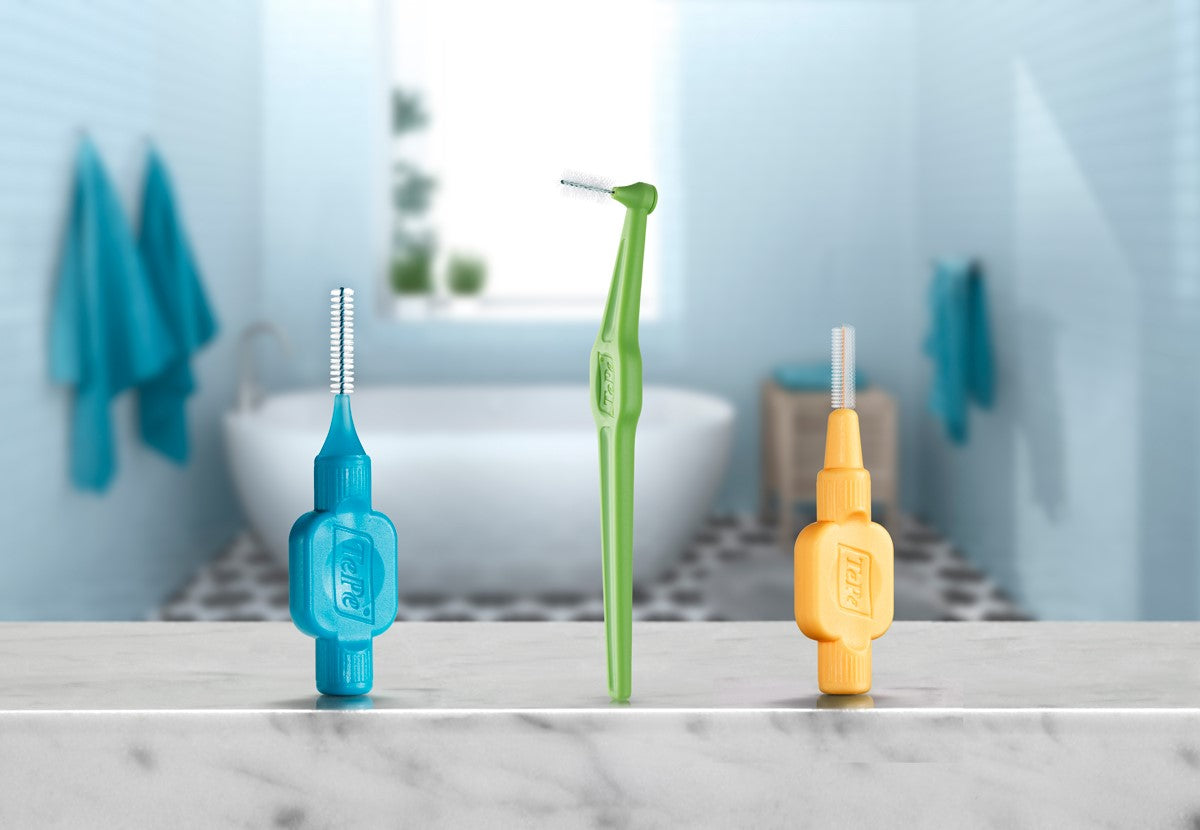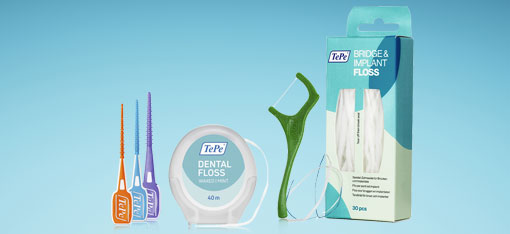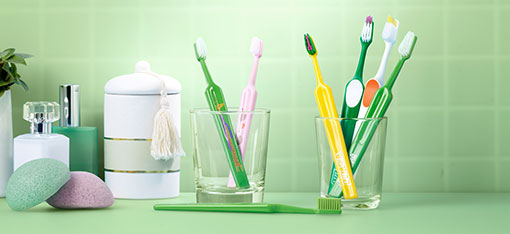Sustainability in Oral Home Care Products
As sustainability becomes a priority in personal care, oral homecare products—like toothbrushes, toothpaste, floss, and mouthwash—are under increasing scrutiny. But how do we measure their environmental impact beyond marketing buzzwords?
One powerful tool is Life Cycle Assessment (LCA), which evaluates the environmental footprint of a product from cradle to grave: from raw material extraction to manufacturing, distribution, use, and disposal. Let’s explore key sustainability terms through the lens of LCA and how they apply to oral homecare products.
1. Raw Materials: Sustainable Sourcing
The first stage of LCA focuses on material extraction. Products made from sustainably sourced materials—like plant-based bioplastics or FSC-certified bamboo—have a lower environmental impact than petroleum-based plastics.
- Renewable Materials used as the feedstock to support a circular economy and bioeconomy. At TePe, materials are ISCC PLUS certified.
- Vegan and cruelty-free sourcing also minimizes ecological and ethical concerns during ingredient harvesting.
2. Manufacturing: Carbon Footprint & Energy Use
During production, the focus shifts to energy consumption, emissions, and waste generation.
- Carbon neutral manufacturing offsets emissions through renewable energy or carbon credits.
- Brands that use low-impact processes or local sourcing reduce transportation emissions and energy use.
3. Packaging: Recyclability & Plastic-Free Design
Packaging plays a major role in the LCA, especially in oral care where tubes, bottles, and blister packs are common.
- Recyclable packaging reduces landfill waste if properly sorted and processed.
- Plastic-free alternatives—like glass jars or carton packs—minimize fossil fuel dependency and microplastic pollution.
4. Distribution: Transportation & Logistics
Shipping products globally adds to their carbon footprint. LCA evaluates:
- Transportation mode (air vs. sea vs. ground)
- Packaging efficiency (lightweight, compact designs reduce fuel use)
Some companies aim for carbon-neutral shipping, further reducing environmental impact.
5. Use Phase: Product Longevity
The use phase considers how long a product lasts and how often it needs replacement.
- Durable materials will create a longer longevity of the product, reducing replacement.
6. End-of-Life: Disposal & Waste Management
Finally, LCA examines how products are disposed of:
- Zero waste products are designed to be reused, recycled, or composted.
- Take-back programs and closed-loop systems help recover materials and reduce landfill burden.
Why LCA Matters
Understanding sustainability through LCA helps consumers and manufacturers make informed decisions. It reveals hidden environmental costs and highlights opportunities for innovation.
TePe's pillars of sustainability—good product, good people, and good practice—demonstrate their holistic approach to creating a better future. By focusing on reducing their environmental impact, enhancing employee well-being, and maintaining high ethical standards, TePe is paving the way for a sustainable future. Their commitment to sustainability is not just a goal but a continuous journey towards making a positive impact on the world.
Read More:
ISCC PLUS – ISCC System
TePe's Sustainability Initiative for A Better World – TePe Oral Health Care, Inc.











Leave a comment